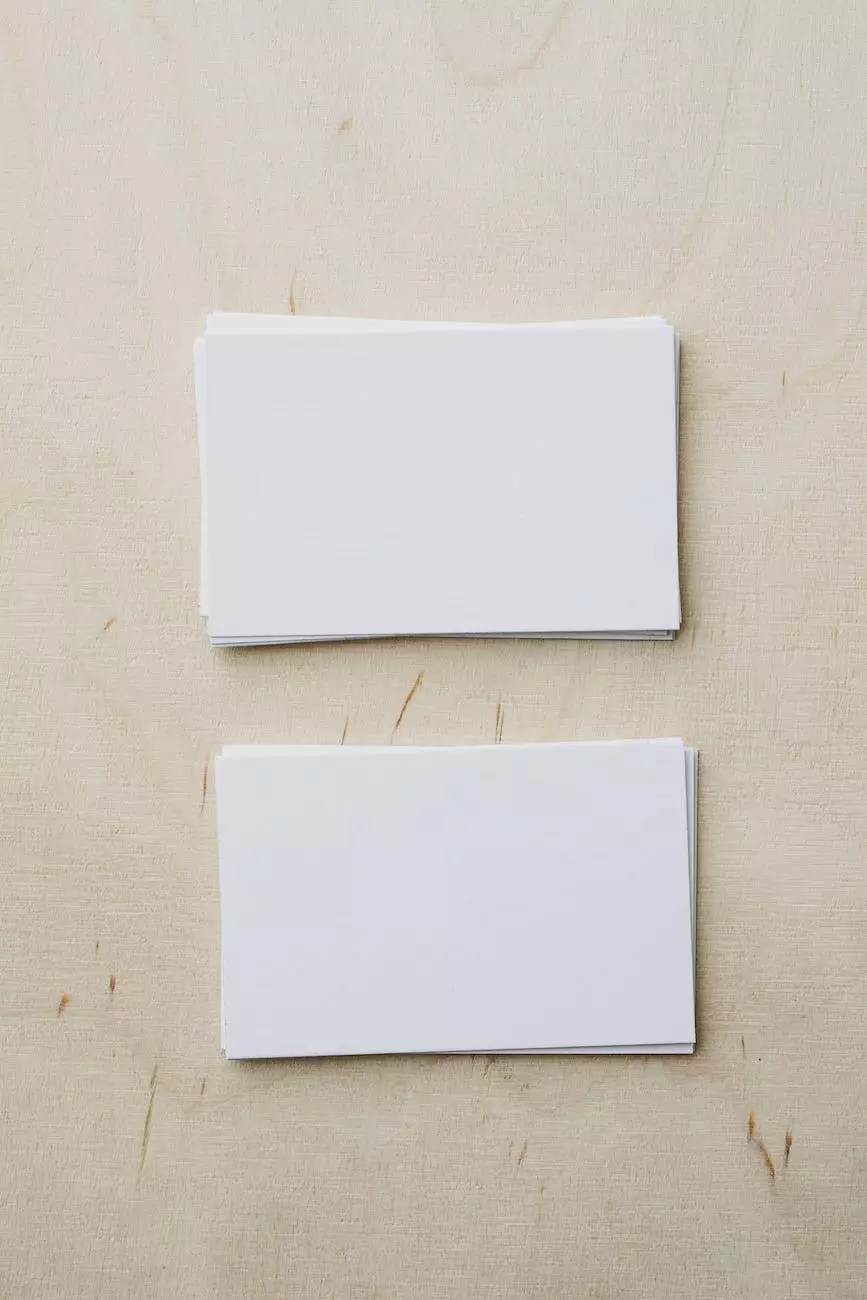Once Upon a Color: How Colors Work Together to Create Effective Graphic Designs
Tales from the Past
The Power of Colors in Graphic Design
Colors are one of the most influential elements in graphic design. They possess the ability to communicate emotions, evoke feelings, and convey messages. Understanding how colors work together is essential for creating visually appealing and effective designs.
The Basics of Color Theory
Color theory is a fundamental concept in design that explores how colors interact and relate to each other. It encompasses various aspects such as the color wheel, color harmonies, and color psychology.
The Color Wheel
The color wheel is a visual representation of colors arranged in a circular shape. It consists of primary colors (red, yellow, and blue), secondary colors (formed by mixing primary colors - orange, green, and purple), and tertiary colors (formed by mixing primary and secondary colors).
Color Harmonies
Color harmonies are combinations of colors that are aesthetically pleasing and pleasing to the eye. Some common color harmonies include:
- Complementary: Colors that are opposite each other on the color wheel, such as red and green.
- Analogous: Colors that are adjacent to each other on the color wheel, such as blue and purple.
- Triadic: Colors that are evenly spaced around the color wheel, such as red, yellow, and blue.
- Tetradic: Colors that form a rectangle on the color wheel, such as red, yellow, blue, and green.
Color Psychology
Color psychology studies how colors can affect human behavior and emotions. Different colors have distinct psychological effects:
- Red: Energetic, passionate, and attention-grabbing.
- Blue: Calming, trustworthy, and associated with stability.
- Yellow: Optimistic, cheerful, and often associated with happiness.
- Green: Refreshing, calming, and symbolizes nature.
- Orange: Energetic, friendly, and often associated with creativity.
- Purple: Royal, mysterious, and associated with luxury.
Color and Visual Hierarchy
In graphic design, color can be used to create visual hierarchy, guiding viewers' attention and emphasizing specific elements within a layout. By using contrasting colors, designers can draw attention to focal points, highlight important information, and create a sense of balance.
The Importance of Color Consistency
Consistency in color usage is crucial for maintaining brand identity and recognition. By establishing a consistent color palette, designers can create a cohesive visual language that helps reinforce brand values and message across various marketing materials.
Color Accessibility and Inclusivity
When designing for the web, it is essential to consider color accessibility to ensure that content is accessible to all users, including those with visual impairments. By using sufficient color contrast and providing alternative text, designers can make their designs more inclusive and accessible to a broader audience.
Conclusion
Colors play a significant role in graphic design, impacting aesthetics, emotions, and communication. By understanding color theory, utilizing color harmonies, considering color psychology, and maintaining color consistency, designers can create visually appealing and effective graphic designs. Additionally, prioritizing color accessibility ensures that designs are inclusive and accessible to everyone. Remember, a thorough understanding of color and its application is essential for standing out and creating impactful designs in the competitive world of graphic design.




